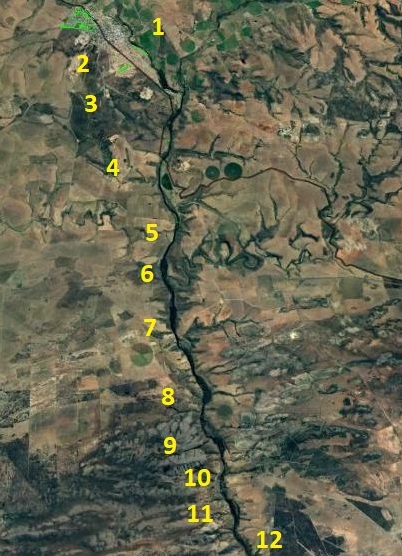by J.M. Essie Esterhuizen and M. Bruce Bayer.
This article follows Last Hurrah, an article by the same authors, that is requisite prequel that presents the argument for a single Haworthia retusa mirabiloid system.
Introduction
The intention is simply to relate the field experience of two observers who have struggled to use and apply names as they have appeared in the literature, and deal with the extraordinary opinions and views on the classification of these plants. While Bayer has written extensively about the entire S Cape Complex, Essie’s extensive field work has yet to bear fruit and be documented. So in this article the aim is to deal with those relevant names that both Essie and me (as scribe) have applied, or seen others apply, to the retusoids and mirabiloids of the specific area South of Riversdale to Still Bay on the coast. Of course it is problematic that it would be more realistic to regard H. retusa as a name lesser to turgida in respect of field fact when nomenclatural rules require the name retusa be used based on chronological priority. We then expect readers to understand that retusoid and turgidoid are the same, where the suffix “-oid “means resembling or likeness: and also not quite the same. This latter because we see H. turgida as a cliff-dwelling, generally clump forming element, whereas H. retusa is a level-ground version and generally non-clumping.
Several additional names are used in the context we want to write about. Magnifica is one of them. This is a species name applied by Von Poellnitz to a plant collected in the Freshe Reserve at Riversdale by Dekenah. The populations of mirabiloid in that area are incredibly variable and it is simply not sensible to use it in the sense of a species name as even Bayer did in 1976. But we will use it to refer to the likeness as we illustrate the variants. Asperula is a Haworth name and its likeness appears in a Salm-Dyck illustration and cannot be linked to any particular population. Our observation is that turgida and retusa both transition to mirabiloid represented by darker green, rough-surfaced and marginally spinose plants. Vernalis and enigma and are names similarly used for transitional elements north-east of Riversdale. Jakubi is a name applied to a mirabiloid southernmost down the Goukou River. Turgida itself is a very common all the way down the Goukou where at Stilbay Smith described it as longibracteata. Certainly its presence as an apparently discrete element all the way along the Goukou may appear contradictory to our claim. But we are not basing our opinions on frivolous limited local situations like this.
Observations
We refer to the accompanying map on which 12 numbers show the approximate location of mirabiloids populations from immediately east of Riversdale down the Goukou River valley for about 20km, with another 16km to before the mouth of the river. We limit the number of pictures because it simply is not practical to present all the illustrations that might tell a story.
We start with group 1 as on the map, which is Komserante immediately east of Riversdale. A mirabiloid occurs there nearly contiguously with a very proliferous large retusoid that was described as H. geraldii. That retusoid was part on a minor continuum that extended southward where I also obtained another name viz. H. fouchei. Both those names can simply be subsumes under H. retusa. The group 1 mirabiloid have been masquerading, thanks to many pretentious taxonomists, as H. asperula.
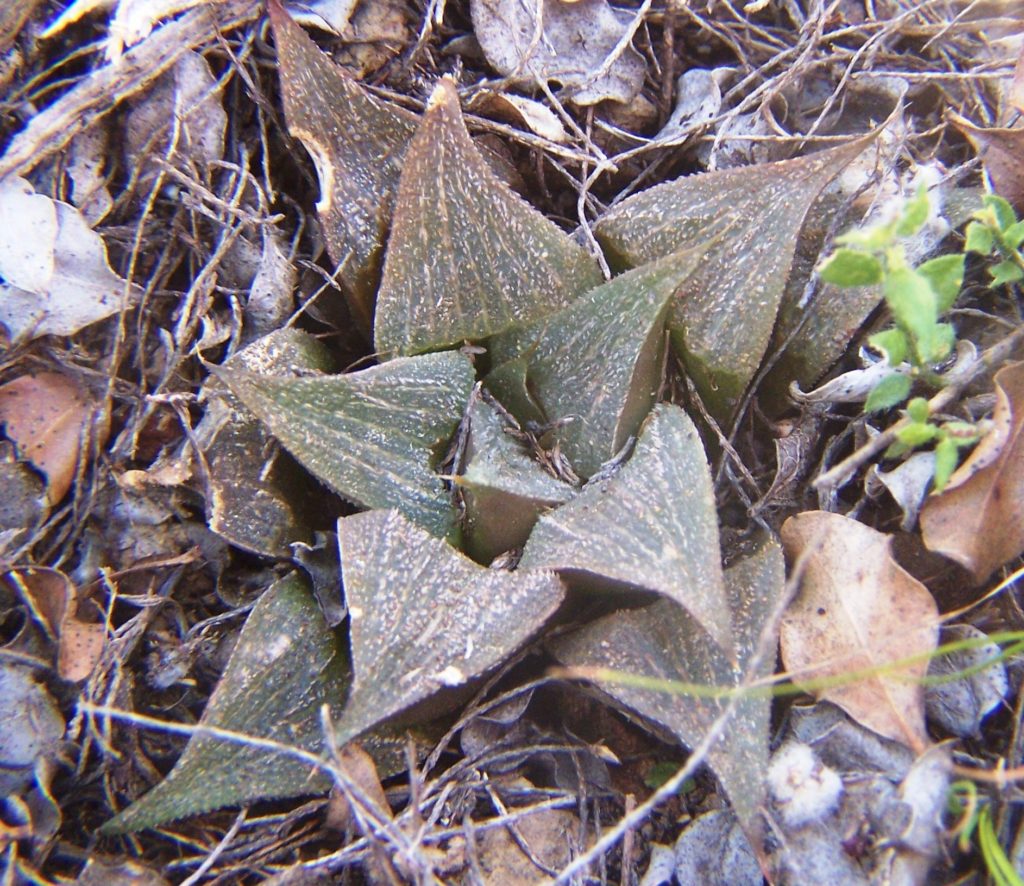

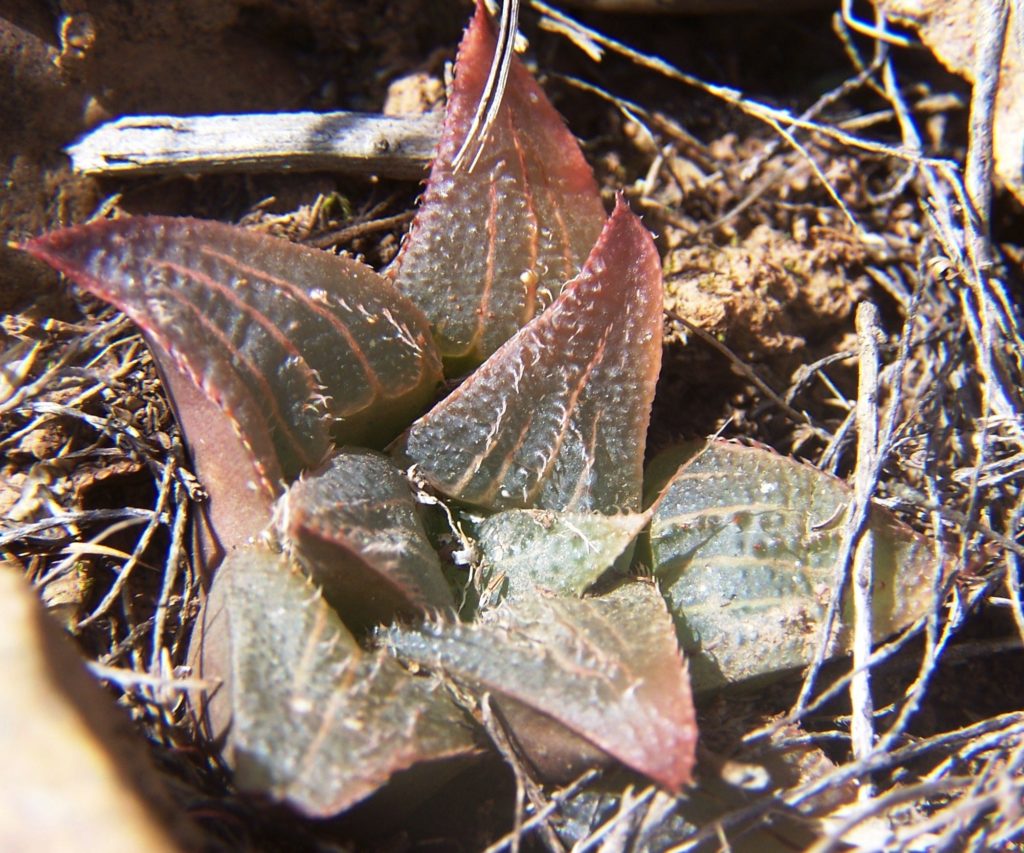
It essentially refers to a dirty green, rather roughish retusoid with some degree of spination. (Essie’s view was that somehow this common phenomenon in retusoids is due to an influence from H. floribunda, but this is discussed in the prerequisite reading of Last Hurrah). Bayer dismissed the name based on the amazing, wholly confused application of the name by an array of authors. To re-institute that name for the incredible milieu of variants in this Komserante population borders on the irrational – it is irrational. Our conclusion is that this population is unquestionably directly connected to the widespread interaction and interconnectedness of the retusoids and the mirabiloids, as is also the case at Kruisriver where the names enigma and vernalis seem to have been applied. These are names superfluous to science however great they are for commerce and the enjoyment of growing and collecting things. To illustrate locality 1 we have selected pictures to show the fit to the Lower Goukou.
The localities 2 and 3 are within the Freshe Reserve at Riversdale that is where the species H. magnifica originated from. I am partly to blame for the perpetuation of this name as I used it before I had come to grips with the nature of a greater mirabiloid reality. I had also used the name maraisii. My reference number for the Reserve is MBB7163 but there are several localized populations within the reserve all with the incredible variation that is such a feature of Haworthia populations. Our previous article referencing MBB6651 H. mirabilis from SW Riversdale illustrates this.
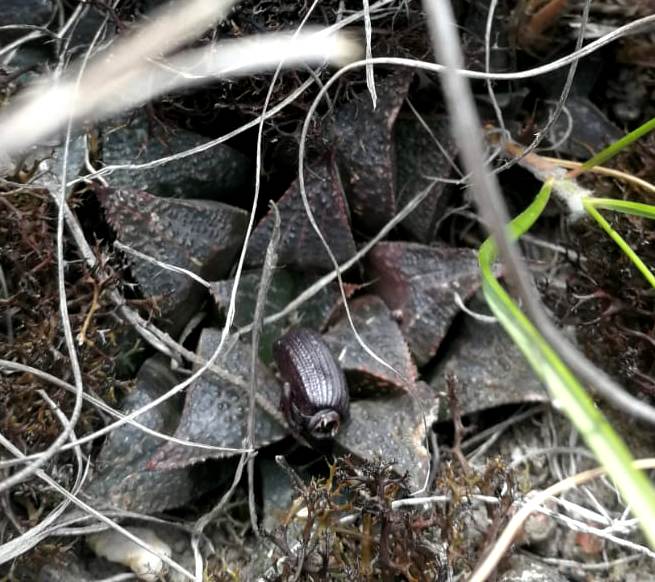
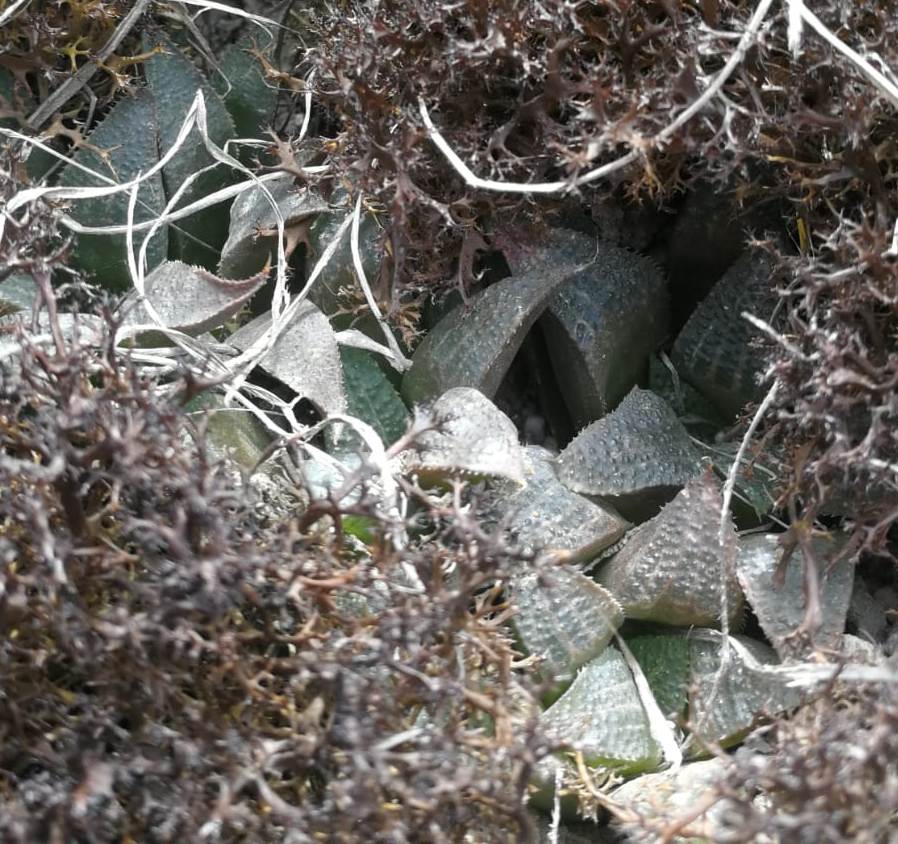

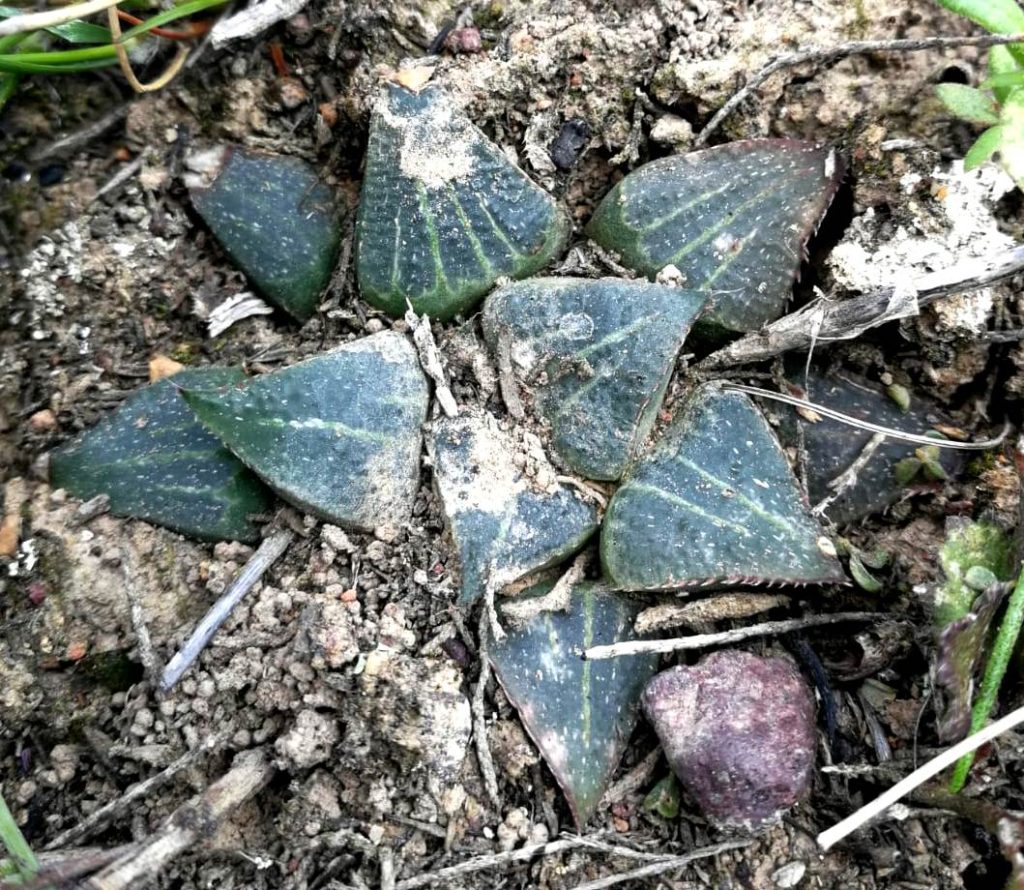


Locality 4 is a population from further south, while localities 5, 6 and 7 are close and along the lower Goukou. Locality 7 corresponds latitudinally with my own observations at Windsor in MBB7818. While two of the pictures are from the different locality indicated by Essie, we show several from the Windsor site. The Windsor plants are not specifically relevant except in a deeper and wider context that is not called for here.
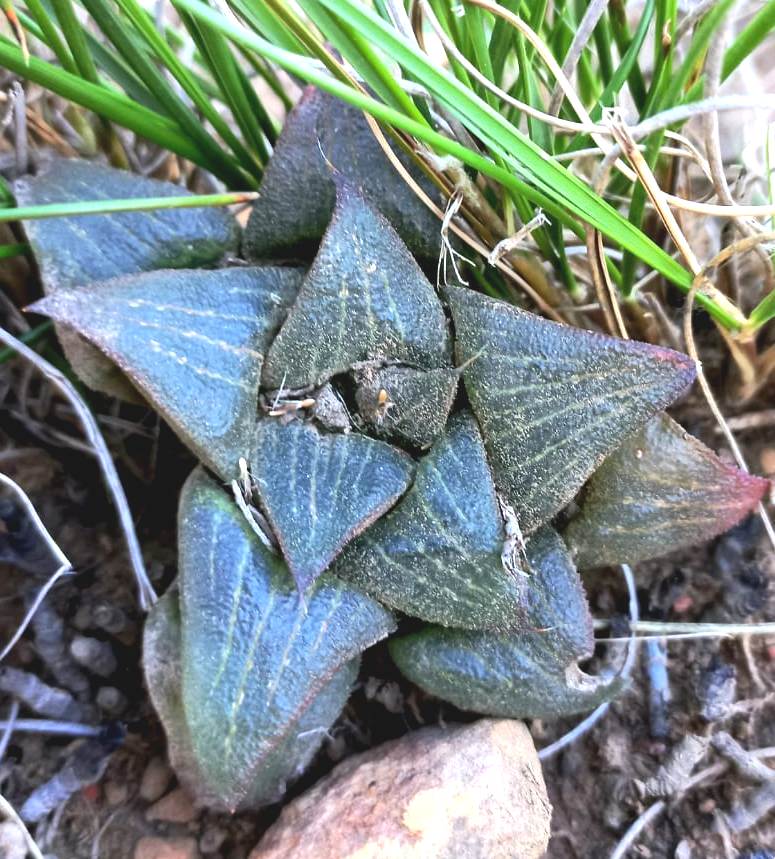

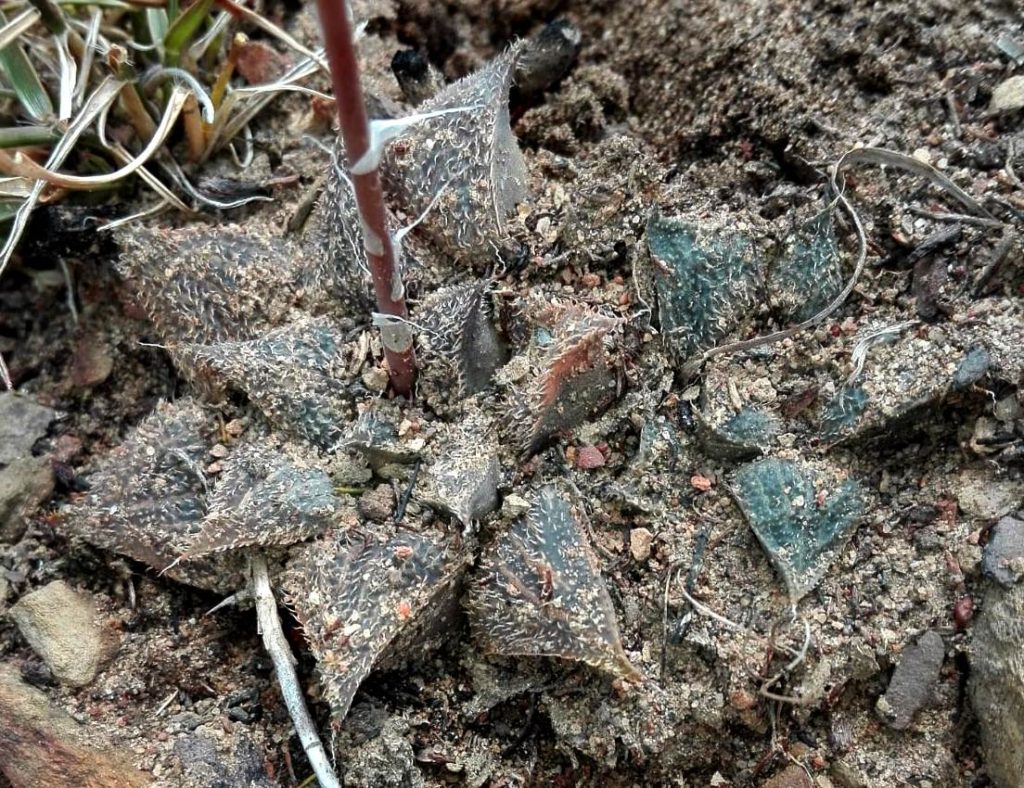

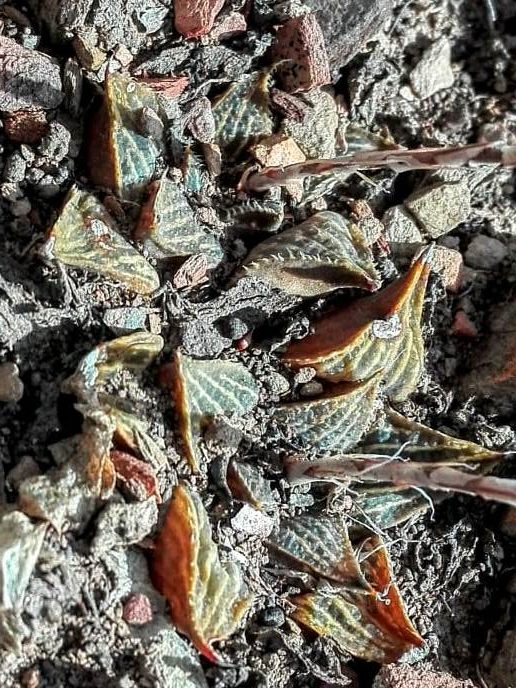

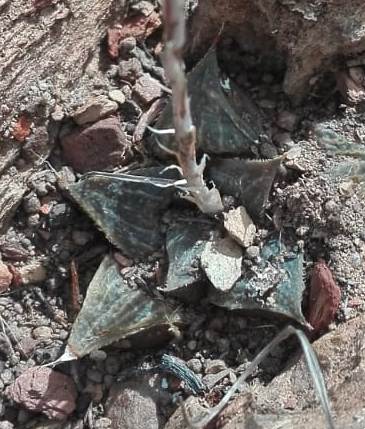
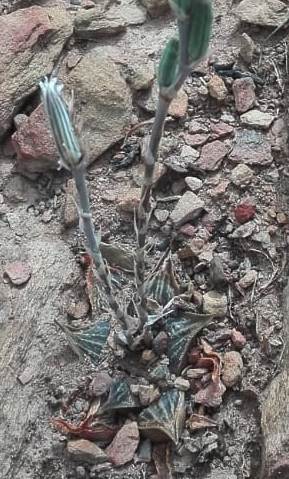
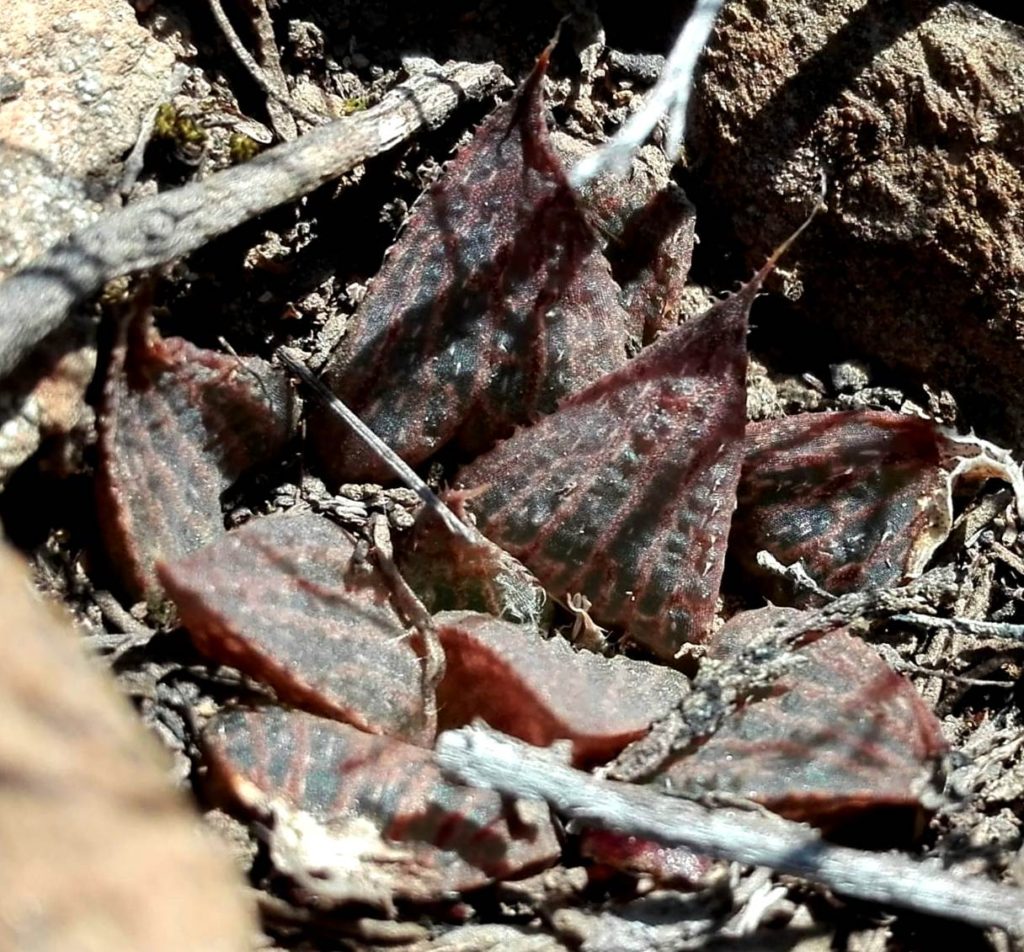


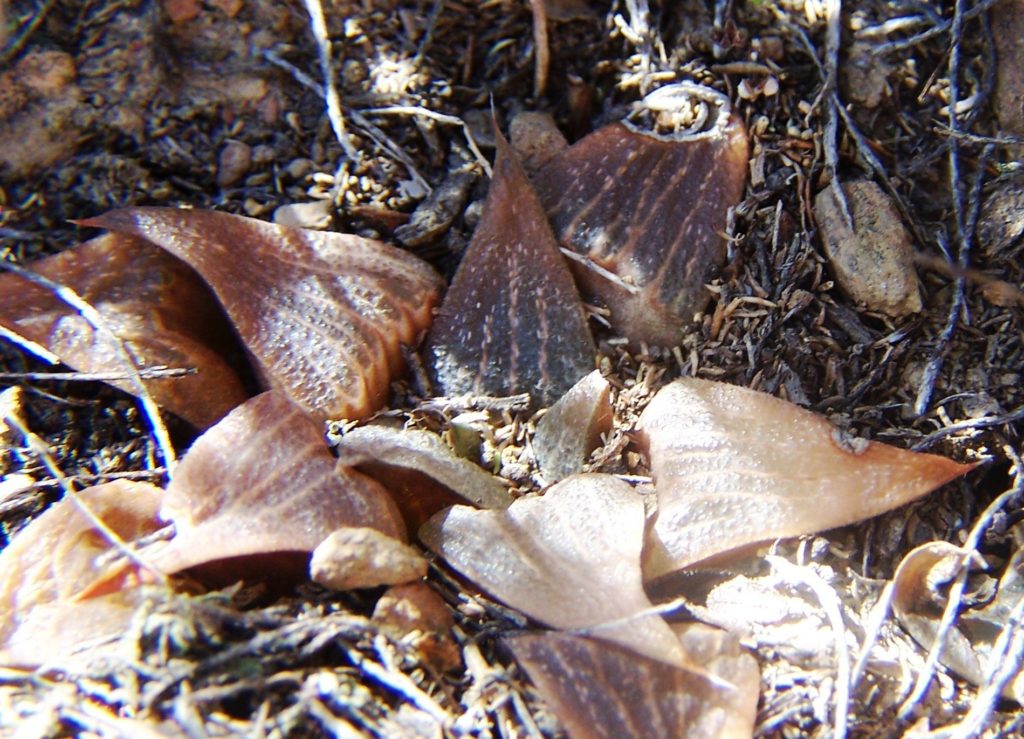

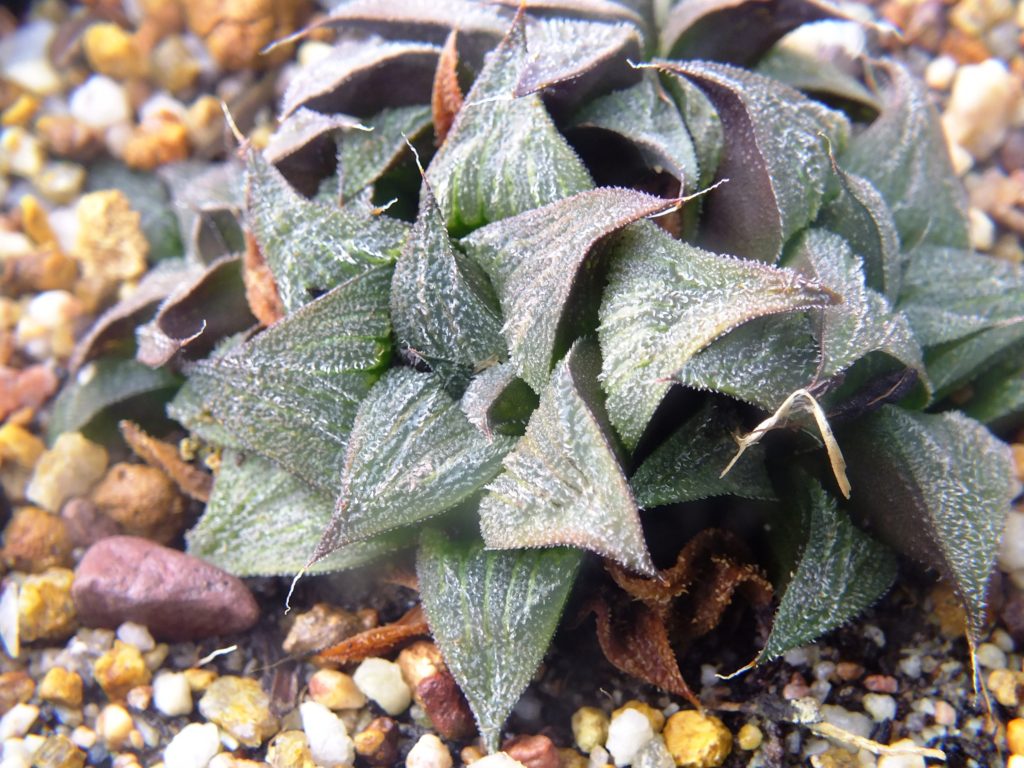
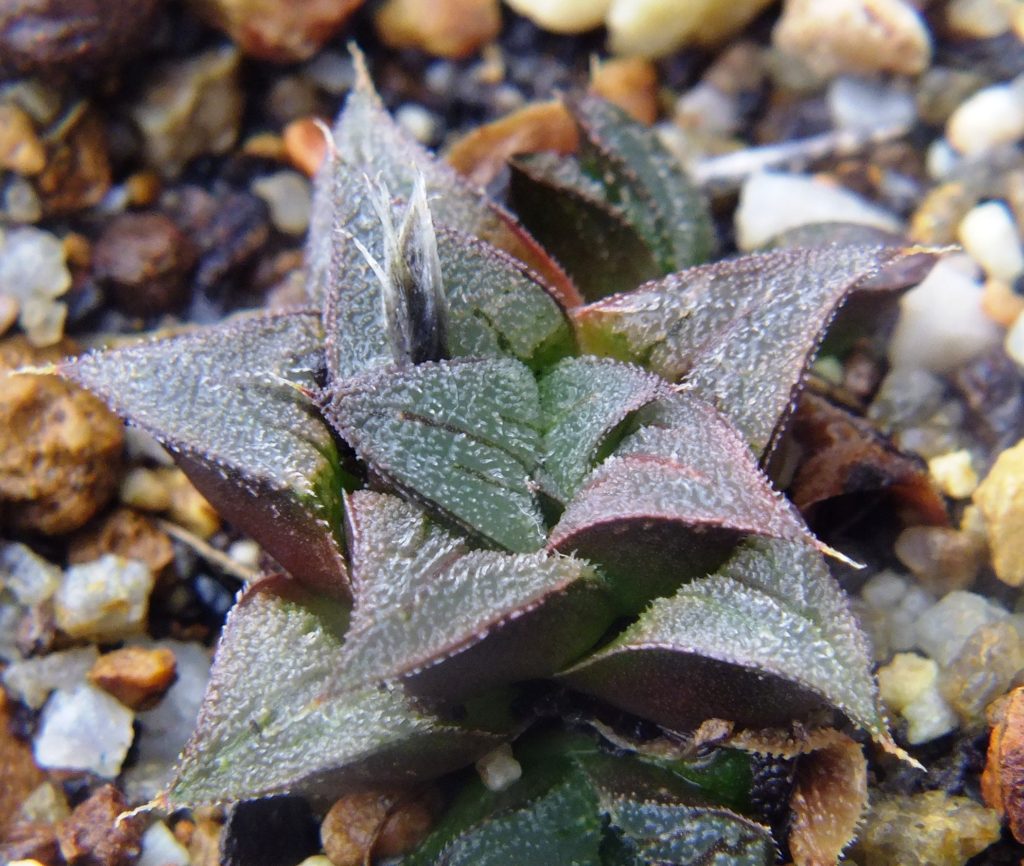
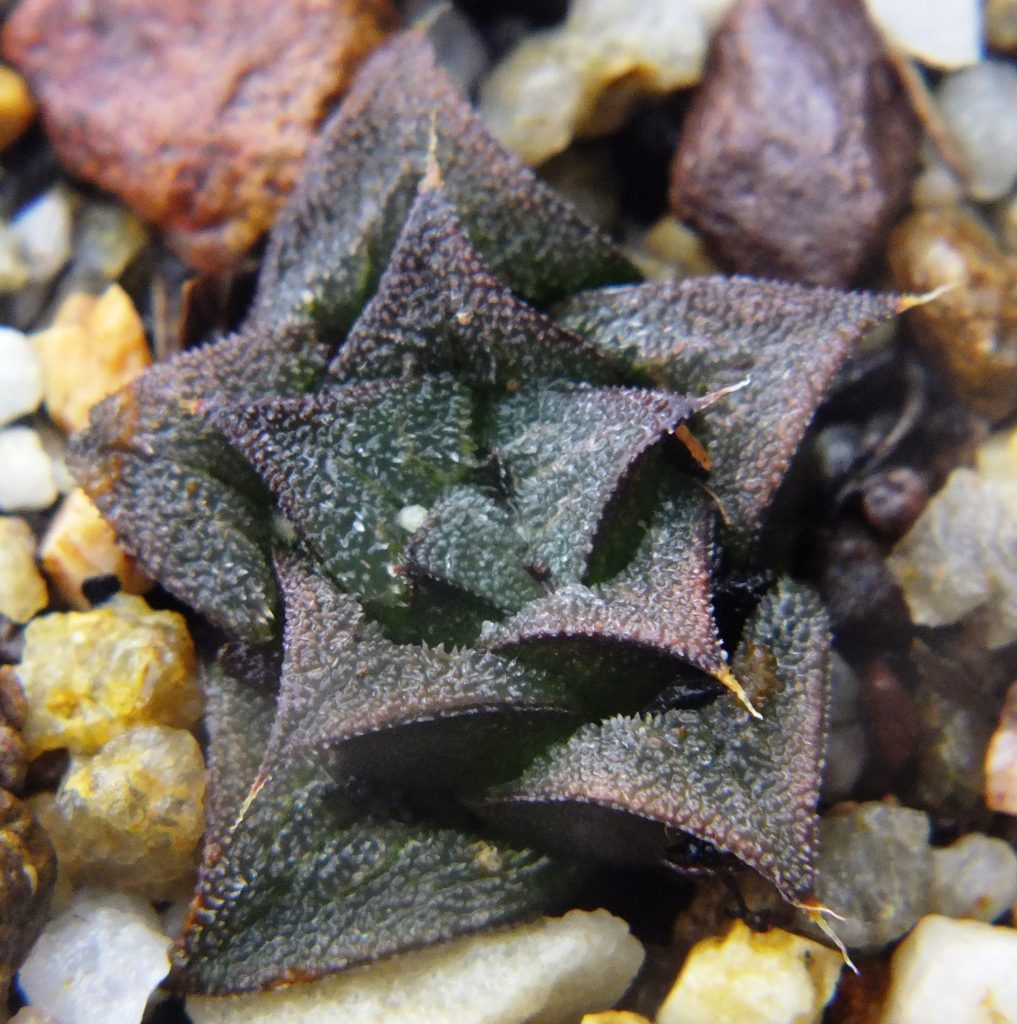

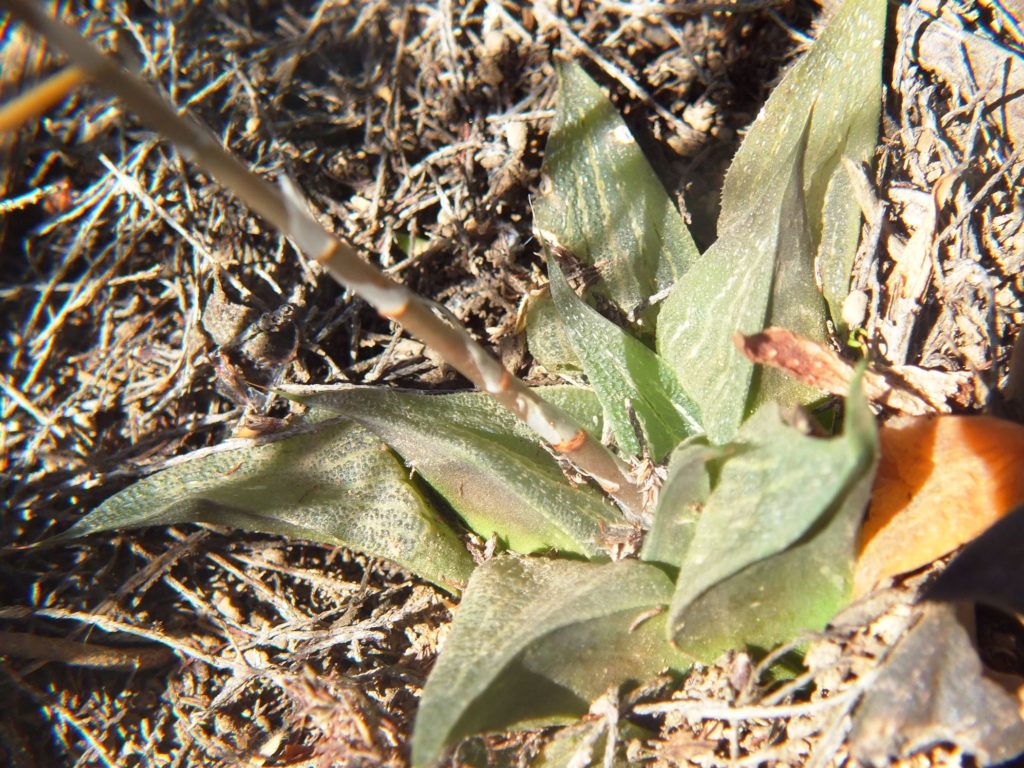
Localities 8 to 11 are again down the lower Goukou until the point on the map …

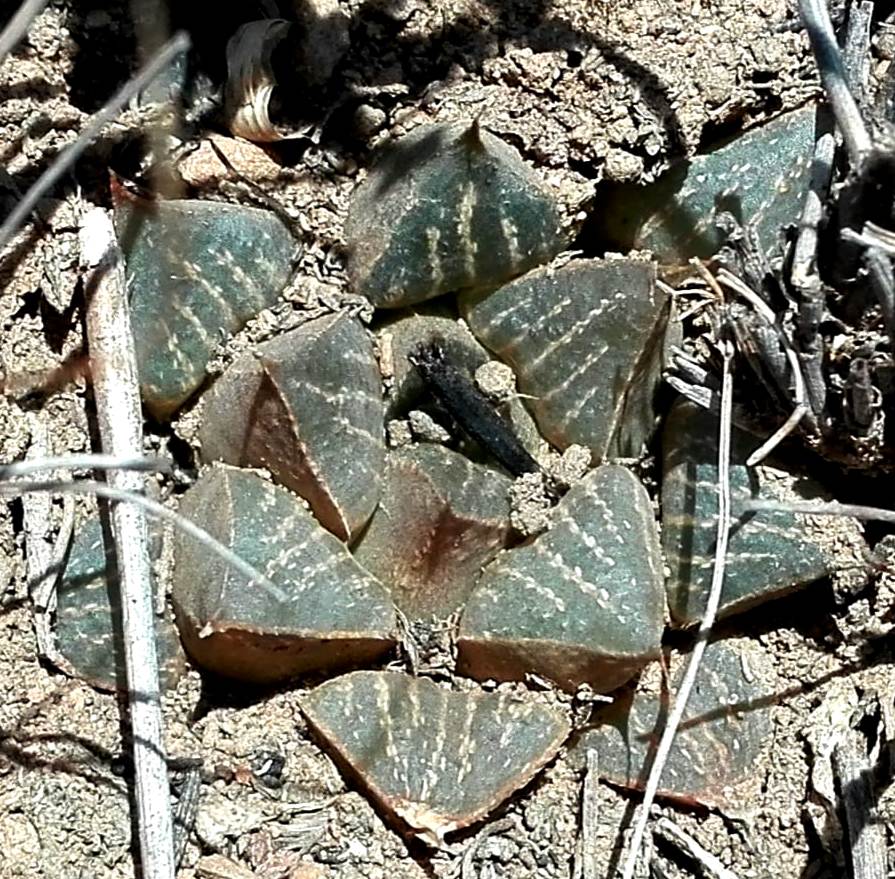
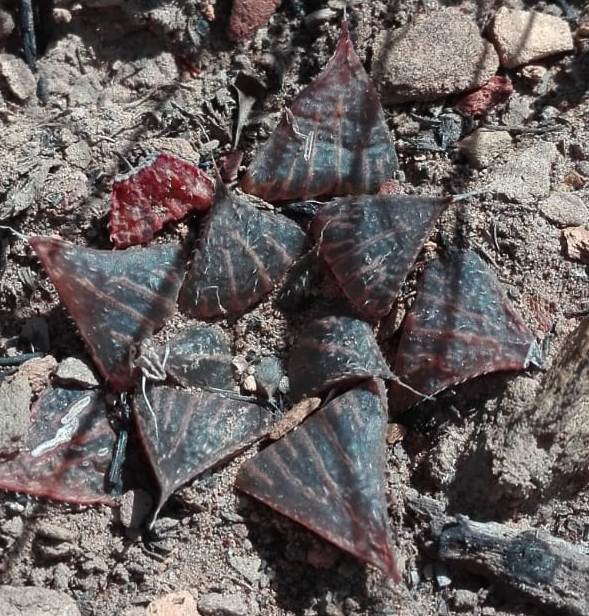
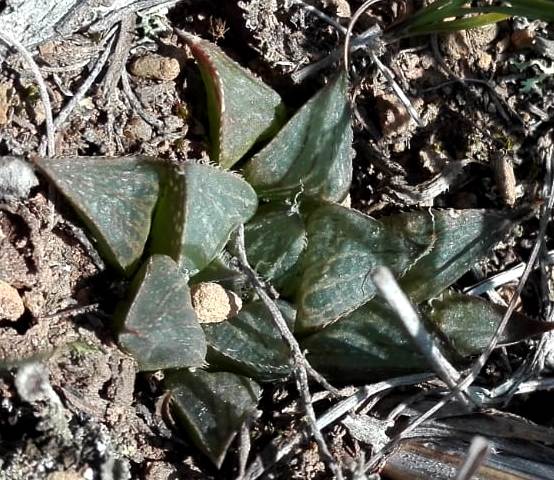
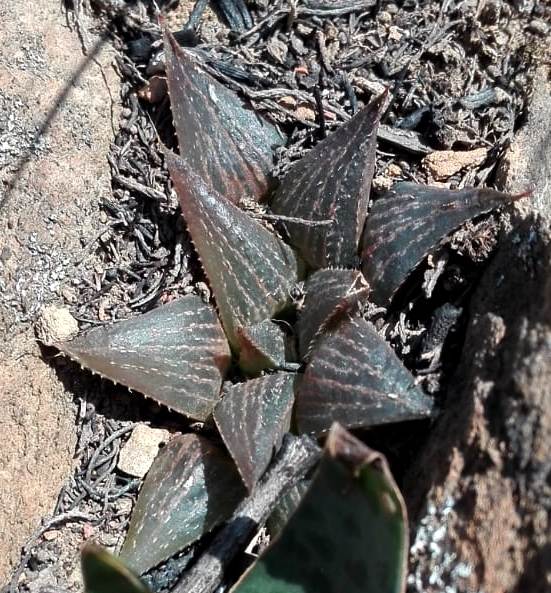

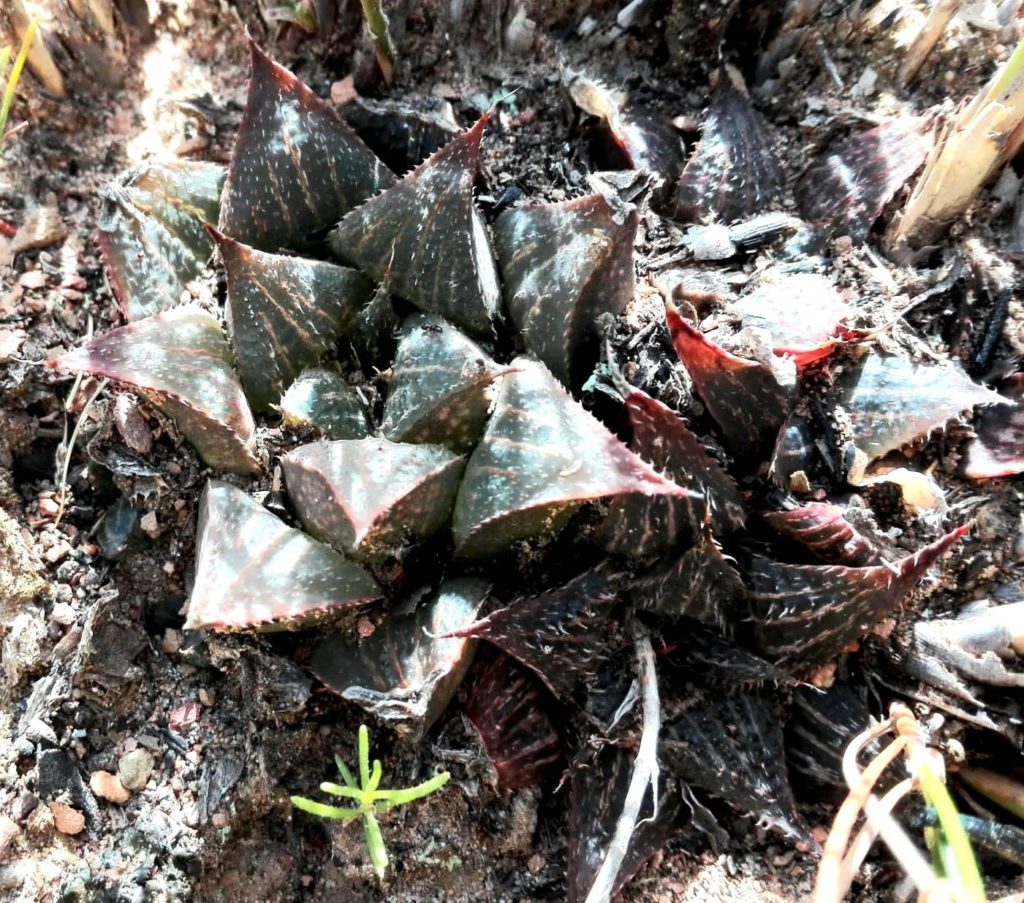
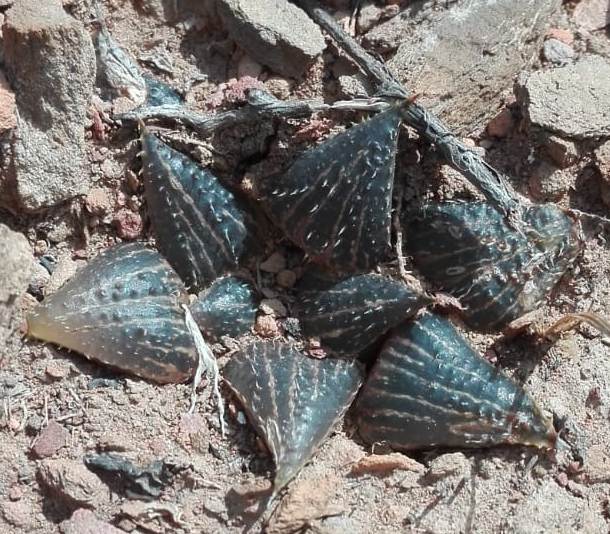
Locality 12 is where H. jakubi originated from. My reference is MBB7820 and I have included some of my own photos here because there is also a second population for this site a little further north.


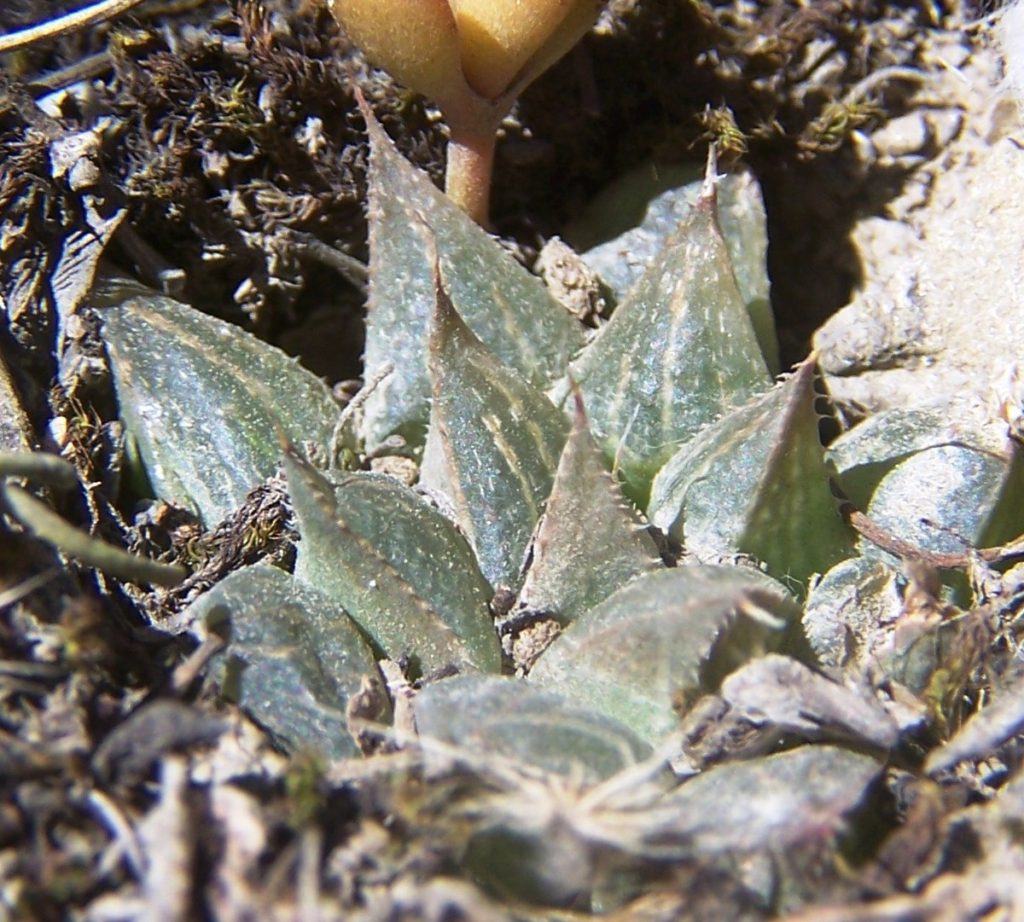
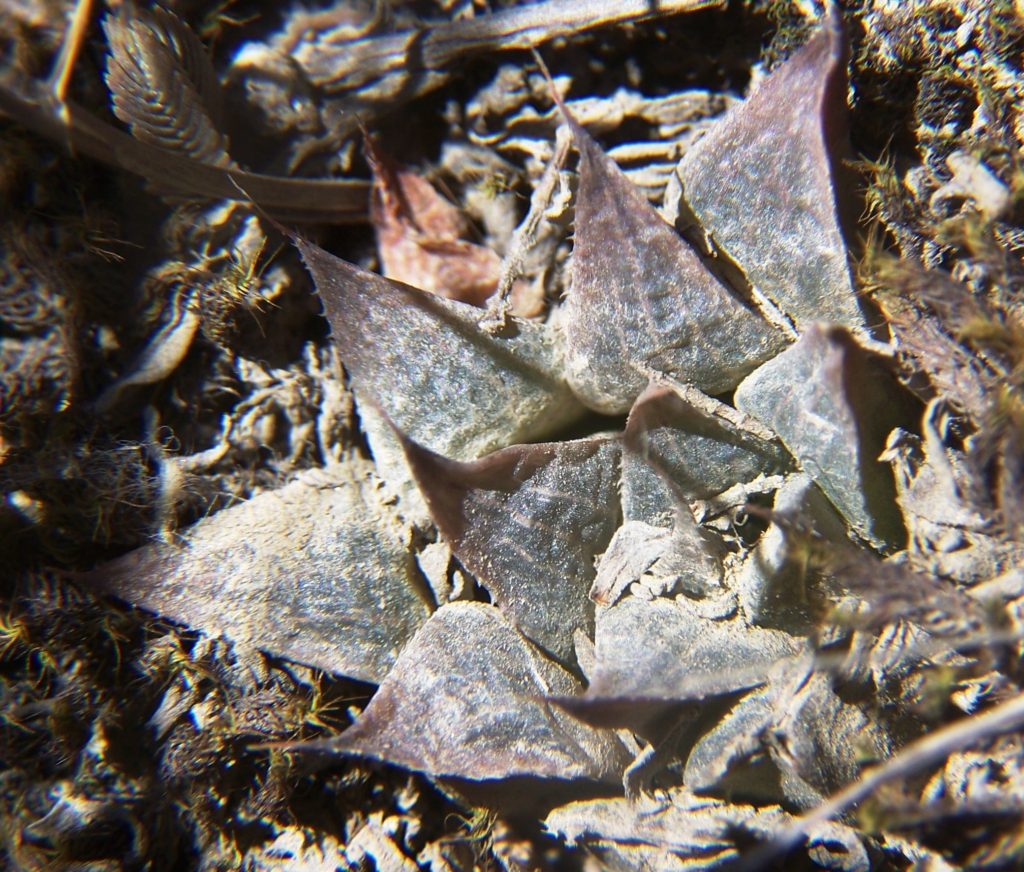
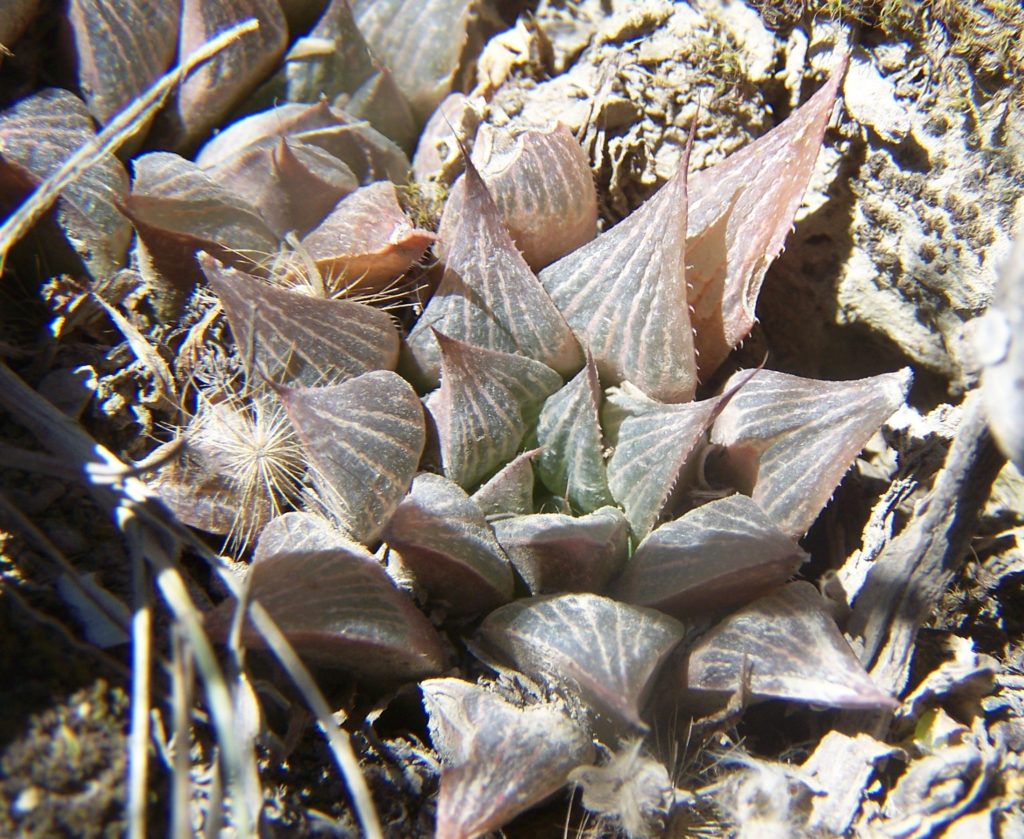
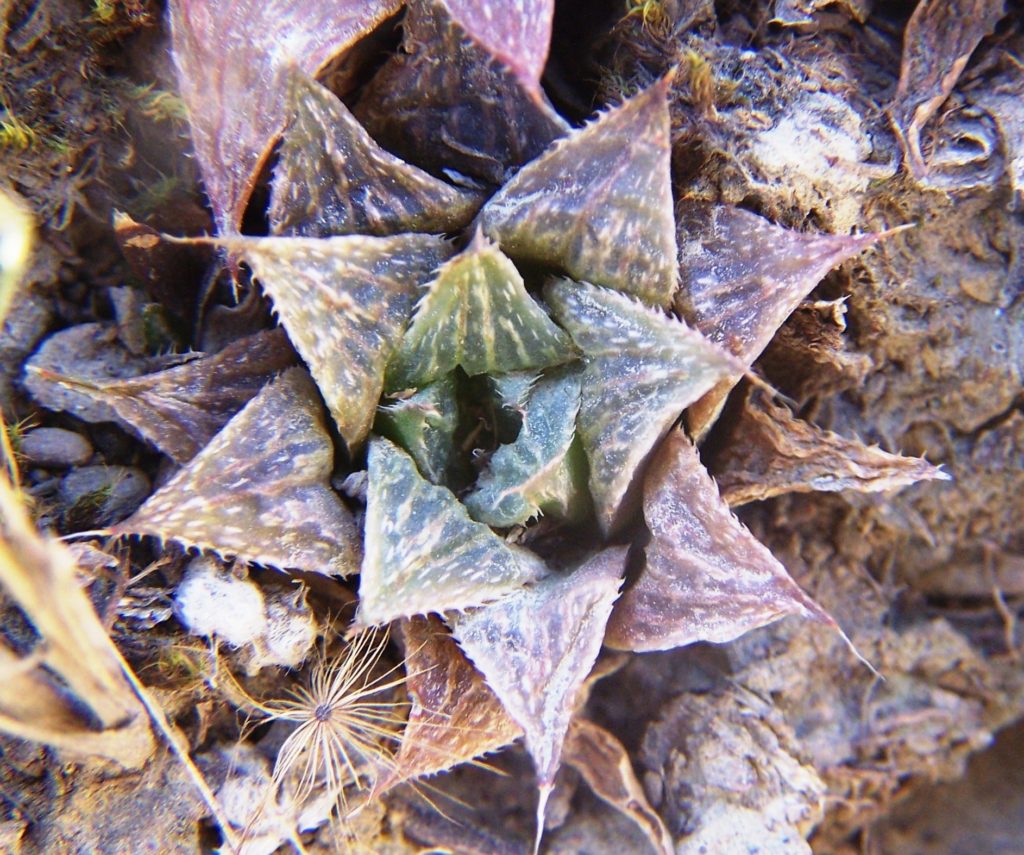

Here is a further excerpt from Essie’s outline … “The author of ‘jakubii’ does end by saying that the taxon is intermediate between Haworthia mirabilis ‘paradoxa’ and Haworthia mirabilis ‘magnifica’, listing shape, surface, coloration and solitary growth as reasons. This may seem reasonable on the surface of things. But it is totally unreasonable if one considers that one could take representatives from the same and different populations of these, and use the same argument to justify many more names within those two elements as variable components of a much greater cohort of variants.” (The quote is taken from Bayer 2009). It is difficult to know if the author of jakubi had any real authority to make such sweeping statements, but certainly we agree.
The magnifica aspect is the one that captured Essie’s interest and this is what he set out to explore. Also he felt that plants are so variable true and the characters being used to separate them so flexible that had the author of the name really understood that, he would never have described yetanother new species. There is of course a real problem in involving paradoxa and then bobii, from Vermaaklikheid and Infanta westwards as discrete, as the author did. In our view those two elements are mirabiloid and part and parcel of one species system. Vermaaklikheid is 25km west of Locality 12 and Infanta is again 25km further west. Here the geology and general topography play a role and there is nothing that really provides home to mirabiloids as do the inland areas. So any conclusion is really speculative based on intimate knowledge of population relationships inland.
Locality12 is still 16km from the mouth of the Goukou and while H. turgida is superabundant from at least locality 5 all the way to the coast, H. mirabilis seems to halt at point 12. H. variegata is present east of the river in the limestone formations yet it does not seem to reach to the Gouritz river eastwards. That it is absent west of the Goukou and then re-appears west of the Breede River, is just remarkable. We think this supports the mirabiloid/retusoid concept especially in view of our view of a second system made up of floribundoid/chlorocanthoid/parksianoid/variegatoid.
Discussion and conclusion
Essie asks just what characters can be effectively used to make authoritative decisions about species if they are so variable. In one of my very first publications I explained how the extreme variability made quantification a statistical nightmare. Another publication explains the problem of examining surface structure and texture using electron-scanning microscopy. It proves the probable flaws of drawing on characters like hairs or spines or different degrees of tuberculation for classification.
So what Essie has done, is spent a vast amount of time and energy in the filed with the very purpose of understanding the names bandied about by people with vested and commercial interest in plants. In this case Essie was motivated by the description of jakubii and comments on its affinity primarily with a so-called magnifica. His determination to arrive at some sort of truth and finding these other populations down the Goukou is nothing short of remarkable. The area is not easily accessible and has involved lonely hikes of 10 or more kilometers where there are no roads or formal trails.
Essie and I wholly agree that the concept of H. mirabilis is about as ethereal as things can get, so is that of H. mutica, H. pygmaea and H. emelyae. What we suggest is trying to get to basics. We are not contesting any of these names in respect of interesting, fascinating and collectable variants. The issue is the nature of the names and their validity in a true system that science is expected to provide. It does not do this. Just consider the earlier definition of “species” that has ghosted on forever and underpins plant classification by default. It is actually derived from animal classification and reads … ”a group or groups of organisms that are interbreeding or potentially interbreeding”. Unexpressed is the vast detail of what interbreeding and subsequent survival of progeny entails.
The evidence from these populations is surely that there is some kind of a continuum from Riversdale itself all the way down to the jakubii locality. Additionally, the Komserante and Freshe Reserve plants suggest that a retusoid element is also present within at least those populations.
We stand by the comments we have made in Last Hurrah. These are … “The difficulty we truly struggle with is this. If we try and apply the many names made available to us for plant populations we do know, to further new populations we come across in my field jaunts, we end up nonplussed and confused. In fact, sometimes a name applied to some or other population does not seem appropriate even for many of the plants in those same populations.”, and finally this … ”More important is the idea put forward here that H. retusa and H. mirabilis are a single system that cannot be subdivided into any set of names with equal rank.”
Reference
Bayer, M. B. (2009). Haworthia jakubii – another new species? Haworthia Updates – Essays on Haworthia Volume 5, Chapter 14, pp167-169 [link] ♦

